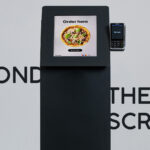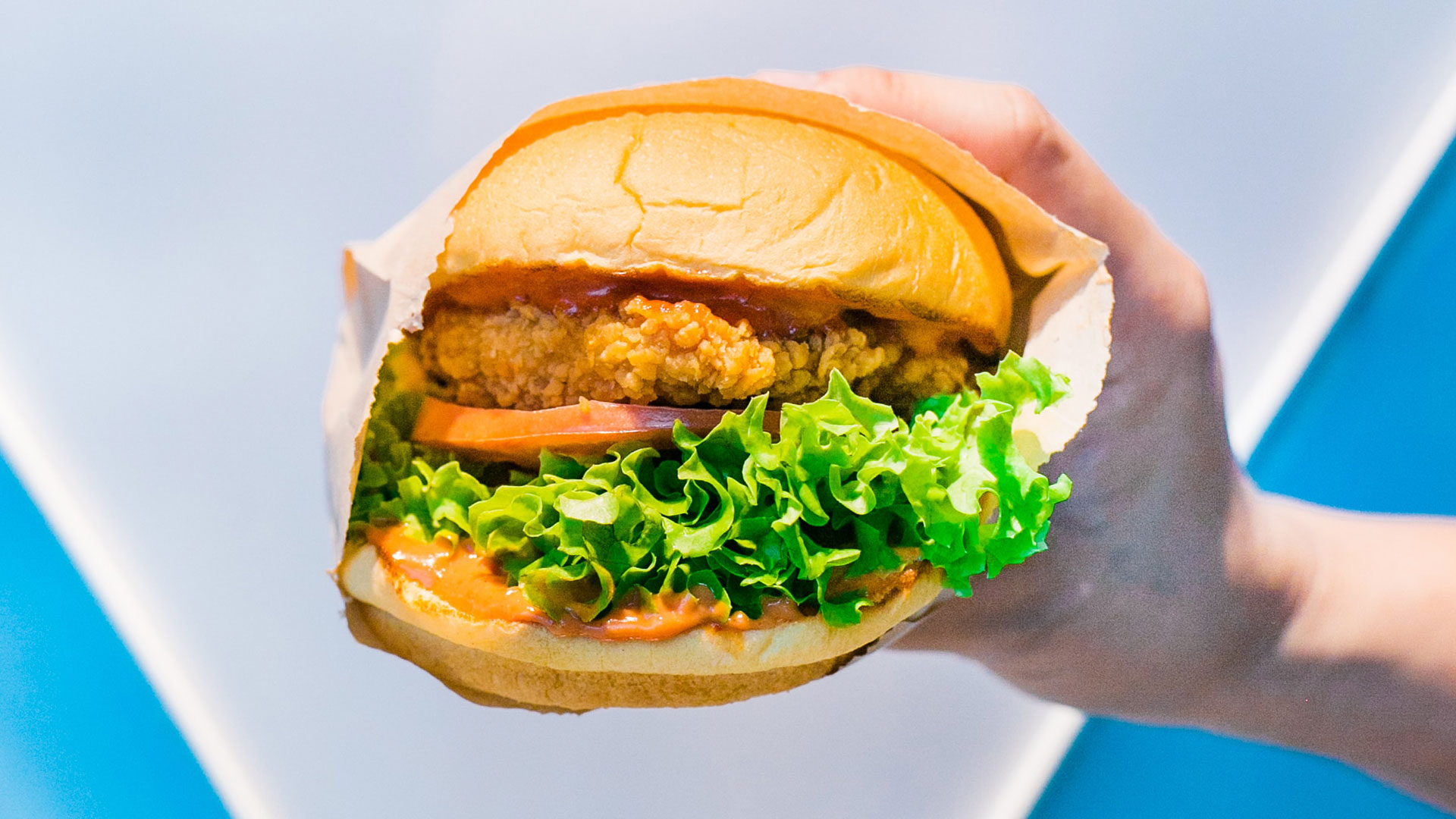Published by
Restaurants should consider these three core practices.
In a period that’s been nothing short of turbulent, quick-service restaurants have managed to make a rebound and soar over recent months. Fast-food transactions bottomed out in April to negative 35 percent versus 2019, when stay-at-home orders dictated the digital shift. Brands could no longer rely on foot traffic to drive sales, and, almost overnight, the need to meet customers in this new normal demanded a digital strategy. This figure quickly improved in December to negative 8 percent, as restaurants recalibrated. Yet, the risk of bankruptcy remains high.
As ongoing restrictions loom over the restaurant industry, 40 percent of operators are unsure they’ll make it past March this year, with up to seven million U.S. workers at risk of redundancy by June. Quick-serves that made material investments in digital operations, before the pandemic are reaping the benefits and weathering the disruption better than others. Look no further than your local Chick-fil-A during peak hours. The drive thru line likely stretches around the block, but customer satisfaction is still the highest in the industry.
Smaller brands are in a unique position. On one hand, it’s never been easier to launch a digital only brand via ghost kitchens. On the other side of the spectrum, the baseline customer expectation is a custom web app, mobile app, loyalty program and easy third-party ordering. These solutions represent millions of dollars of investment, far beyond what a small quick-service restaurant can muster. As such, it should be expected that smaller quick-serves will have a more difficult time scaling to the point that regional entities and larger brands can. Regardless of where a quick-service restaurant falls on the spectrum, keep in mind that the period of deep digital investment has really just started to heat up and organizations can’t afford to take their foot of the pedal in redesigning their digital roadmaps.
What if consumers never want to dine in again? How can brands ensure their survival?
Below are three core practices that restaurants should consider for navigating the now, comeback, and future.
1. Perfect the basics
Quick-service restaurants tend to have an upper hand on full-service chains, in that they’re one of the most mature in their capabilities for off-premise service. Several pizza chains in the U.S. are experiencing heightening demand for takeout. Papa John’s saw sales spike 28 percent in the second quarter compared to the year before, however, this isn’t the case across the board. Most quick-serves need to double down on their online channels to make life easier for the safety-conscious customer.
No longer can brands bank on, “build it and they will come.” Most top restaurants already have native mobile apps, but are now rethinking how they can innovate to reduce the amount of time and effort it takes to complete orders. It’s therefore valuable to optimize the basics, perhaps something as small as a store lookup feature on an app, and iterate quickly cater to heightening demand for the highest ROI.
This same principal applies to your crew. Don’t neglect investing in technology solutions that enable your employees to do more with less labor expense. Key examples of this would include next gen KDS, technology enabled drive thru and better PODS for peak-time ordering.
2. Learn about cross-industry digital engagement
The top of brands’ strategic priorities should read: drive engagement and repeat purchase, regardless of channel. Industries that have experienced greater digital transformation have important lessons to teach restaurateurs. To drive growth, and push for higher average order value, restaurants should focus on developing more personal, memorable connections with customers in the virtual era. Domino’s was an early innovator with their Pizza Tracker, allowing customers to seamlessly track orders from oven to home and simplifying the barriers to ordering takeout (even though there is widely speculated that the data model is based off of averages versus actual data on-prem data.
Looking to find ways to add value between orders, Starbucks uses machine learning technology to make tailor-made order suggestions from the app, based on popular selections, weather, and even time of day. These brands are innovating to ensure customers receive the closest level of care and personalization that they would receive in-store.
Last year’s launch of Apple App Clips is revolutionizing contactless ordering. These are small parts of an overall app experience, designed to be discovered the moment an app is needed without requiring a full download. A drive thru can now set up bar codes in the parking lot, where customers can park, scan to order and pay and receive their takeout at their car. Frito Lay is even placing QR codes on coloring books in snack boxes to encourage the next order.
3. Introduce a customer to your brand via web, then push them to app
A recent study revealed 21 percent of consumers prefer ordering directly from a restaurant online, presenting quick-service restaurants an opportunity to use web as an on-ramp into their mobile ecosystem and resurrect users. With an effective website, brands can get users to the value (purchase) faster, but with mobile, they can drive higher, longer-term relationships. There’s a trade off with both—cue the need to synergise the two. When seamlessly integrated, web and apps can become a synchronous tool to capturing a wider audience and drive different types of engagement. Chick-fil-A has mastered this robust app and site ordering ecosystem to capture a new set of virtual customers, having recently expanded online ordering to include individual orders on its website from its entire menu.
The future of fast-food service
With no promise of where, when, and how customers will choose to dine post-pandemic, quick-service restaurants are pivoting away from short-term sales generation to scalability and engagement in the long-term. Being in the transaction game, restaurants need to allow engagement to steer their digital roadmap, and rethink how they can bolster the basics within the end-to-end customer journey. The key is building a harmonious order experience from the moment they open your app or website to order through to their pickup experience. The more you can make customers feel they are special customers, the easier it is for them to want to come back time and time again.
Share:
Categories
tags
Related Posts


The Great Big Budget Cut: Prioritization


